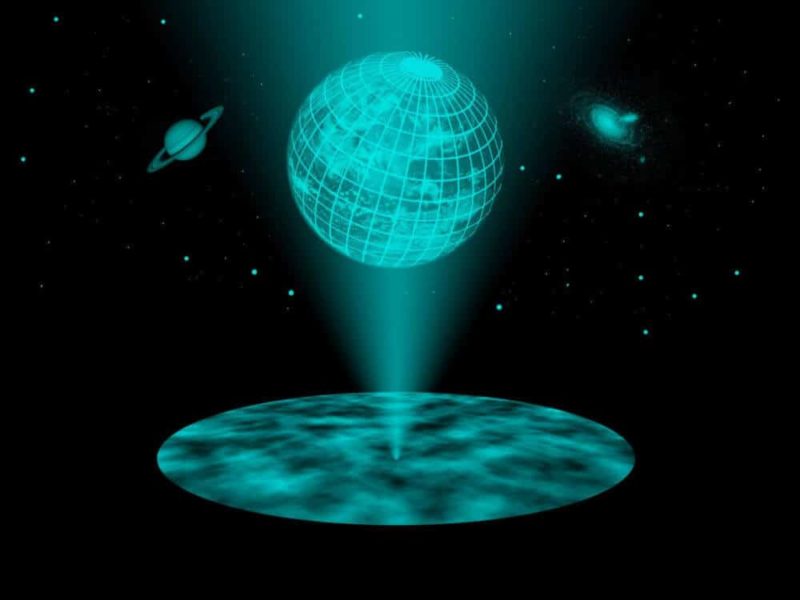In the beginning there were four “fundamental” elements besides Hydrogen- not Earth, Air, Fire, or Water, but rather Helium 3, Helium 4, Deuterium and Lithium-7, four “light” isotopes produced by primordial nucleosynthesis (during the Big Bang). The four elements remain, but the calculations simply do not add up. The “metal-poor” stars are celestial bodies composed of mainly primitive material. Based on the Standard Cosmological Model – the most accepted theory today to explain the universe – scientists have calculated how much Li7 should be in them, but the measurements show that it is a factor 3 less of what it should be. The question remains whether the theoretical predictions were wrong or if some of the Lithium was lost along the way.
“The ‘Lithium Problem’ is well known among astrophysicists since WMAP and Planck satellities provided a precise measurement of the universal baryonic density. Astronomers desperately tried to provide an explanation, but never convincing” explains Fu Xiaoting, a student at the International School for Advanced Studies, SISSA, and the first author of the study published in Monthly Notices of the Royal Astronomical Society. “So far, the predictions provided by these models have failed to reproduce the observations. The model we developed here at SISSA shows an excellent agreement, however.” Fu, in collaboration with her supervisor Alessandro Bressan, Paolo Molaro (INAF) and Paola Marigo (UNIPD), developed a new stellar model that explains the Lithium evolution and is consistent with observations.
“In addition to the low abundance of Li7 in these old stars, another problematic aspect is that even if the stars vary between them (in brightness and temperature) the amount of Lithium is constant – scientists call this the Spite plateau – whereas we would expect some variability,” says Fu. “Our calculations allowed us to form a plausible and measurable explanation which, we hope in the future, is experimentally verifiable.”
So what exactly is the explanation? “Lithium is destroyed in a very early stage, and more is accreted by the surrounding environment by the system of the forming star, thus reaching the level that we measure today,” says Paolo Molaro, one of the co-authors from the Observatory of Trieste.
More in detail…
The model proposed by Fu and co-workers is “environmental” because it takes into account the environment in which the star is formed.” The stars develop in an ambient rich of gas, the accretion disk, which thickens and feeds the celestial body. In metal-poor stars formed shortly after the Big Bang, the Lithium which entered during their formation was very quickly burned, after which the stars continued to accrete it from the surrounding space till the surrounding material is blew away by the Extremely ultraviolet photons from the stars. At that point the stars are about to reach their stable state (main sequence). During the following life time, 10-12 Gyr, the surface elements heavier than Hydrogen settle down a bit because of sedimentation. The amount of surface Lithium that remained is what we measure today.”
The model has an advantage in that it can be generalized to explain other anomalies. “Take our Sun, for example. The measurements tell us that it contains only one-fiftieth of the lithium that we would expect. How is that possible? It may be the planets’ fault,” says Fu. “Yes, because while our Sun was forming there was a complication: its planetary system was also forming. At some point the birth of the planets “sucked out” the gas and with the gas also the Lithium, taking it away from our star.”
“To test our model definitively, we have to wait for technical advances that are not yet available,” adds Fu. “When it will be possible to observe metal-poor stars in the process of formation we will be able to verify the existence of the phase of rapid loss of original Lithium. For now it is out of reach, but observatories like E-ELT (European Extremely Large Telescope, ESO) under construction in Chile, could provide interesting data, but it will be at least another ten years.”


